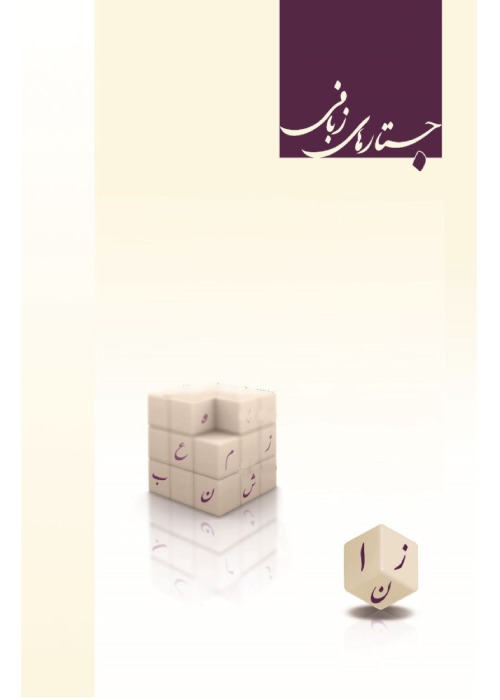Speech Act of “Compliments” in Russian and Persian Verbal Environment
The authors in the present study attempt to investigate the speech act of compliments and its semantic boundary engagement with other speech acts of positive assessment of the speaker from the listener such as "approval", "praise", and "flattery ". The hypothesis of the present study is that the semantic boundary of speech acts containing positive assessment of the speaker depending on the verbal culture of the speakers of Russian and Iranian verbal environment is different, and it is open to change in such a way that if a face expression in the Iranian cultural verbal environment is complimented, that expression may find the color and smell of flattery in the Russian verbal environment; in other words, an action with a positive assessment to an action with a negative assessment of the listener towards the speaker is interpreted as flattery. Furthermore, the compliment structures in each verbal culture have gender differences and characteristics (male and female). That is, the group of formulas used for men is inapplicable for women and vice versa. Iranian literature and compliments are interpreted as politeness in international research. Goffman (1955, 1976), Brown and Levinson (1978, 1987), and Leech (1983) were the founders of these studies (Faika, 2016, p. 109). In other linguistic works written about Taarof, it has been interpreted as ‘compliment’ (Alavi & Zeinali, 2014, p. 139). Evidently, the lack of linguistic equality in other linguistic cultures indicates the absence of linguistic phenomena or their difference in the target linguistic culture. In such cases, ‘Taarof’ is an unequal Iranian cultural phenomenon in other cultures. It can be interpreted neither as compliment nor ceremony nor politeness. Taarof in other cultures should be considered as an untranslatable national cultural phenomenon and presented as the term ‘Taarof’ (Izadi, 2018). In the verbal environment of Iranians, inappropriate compliments are considered a reprehensible practice. Hence, the Iranian proverb ‘reduce the compliments and increase the money’ referring to a situation where one is expected to pay a wage or do something, but instead, the audience witnesses ‘compliment’ and eloquence of the speaker in the concept of ‘Taarof’ and ‘praise’ of his action and performance. Compliment in Russian verbal culture does not have an emotional and expressive tone and rhythm. Such an action is interpreted more as flattery by the Russian listener. However, the predominant feature of Iranian verbal culture as an Eastern culture is an exaggeration in the act of ‘compliment’ and the boundary of the compliment formation from flattery is clear, and the listener has no difficulty in distinguishing the two. However, in most cases, ‘praise’ is used as a tool to form ‘compliment’ in this linguistic culture, and therefore in Iranian verbal culture, the actions of ‘compliment’ are combined with ‘praise’. However, this does not mean an overlap between the two boundaries. The following semantic and situational classifications can be considered in a compliment: 1) Gender: male and female; 2) personal and administrative; 3) Description of the external and internal qualities of the audience; 4) appropriate and inappropriate compliment; 5) compliment with an emotional tone. In the Iranian verbal culture, using expressive speech acts represents politeness and even Taarof with the help of complimenting the audience. Using these speech acts, the speaker shows his attention to the audience, expresses his sincerity in ‘compliment’ and ‘praise’, while in ‘flattery’ there is no element of intimacy, and it is the result of hypocrisy. Depending on how ‘approval’ is used, it can indicate the role of a communication channel, i.e., using approval as a sign of listening carefully to the speaker; or answering his question from the point of view of correct logic. ‘Compliment’ and ‘approval’ can be on the horizontal or vertical axis of socialization, while ‘praise’ and ‘flattery’ can be seen only in the vertical axis of the age hierarchy or social administration. For ‘compliment’ speech act, we can somehow determine expressive and verbal tools in some verbal situations, namely, complementing the appearance, referring to the freshness and youth stability of the audience, meeting after a long time etc., while such a classification is impossible for flattery and praise.
- حق عضویت دریافتی صرف حمایت از نشریات عضو و نگهداری، تکمیل و توسعه مگیران میشود.
- پرداخت حق اشتراک و دانلود مقالات اجازه بازنشر آن در سایر رسانههای چاپی و دیجیتال را به کاربر نمیدهد.


